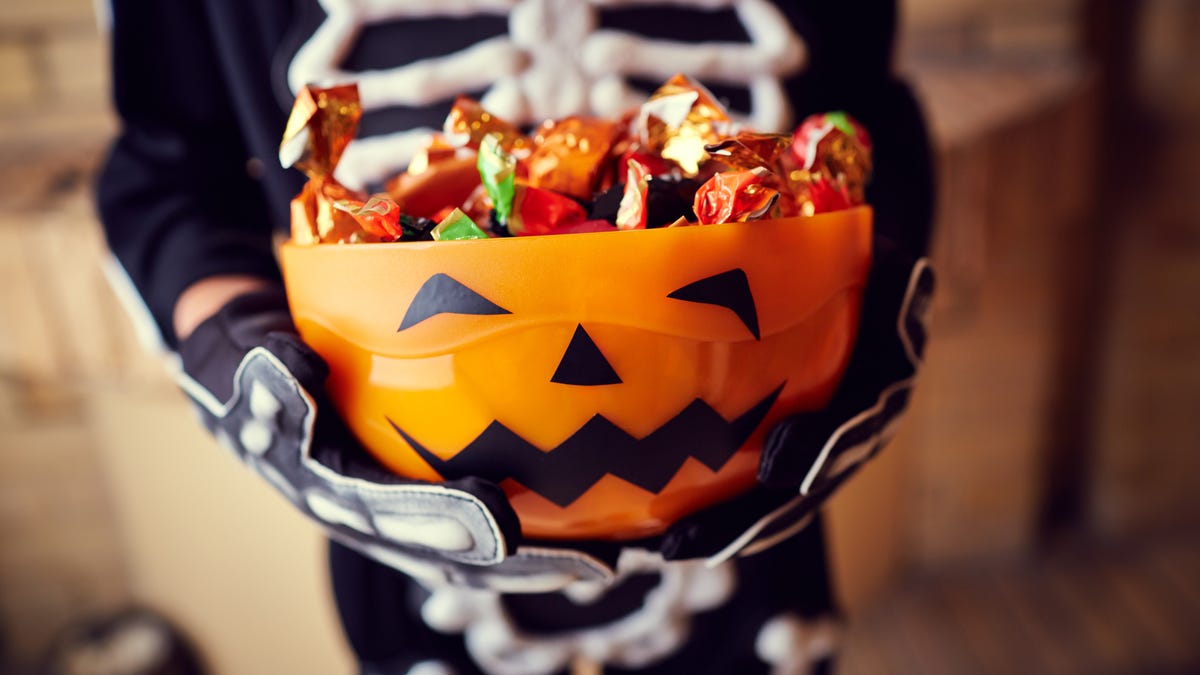Halloween has become the foremost candy-selling holiday in the United States, surpassing even Christmas and Easter. This year, Americans are anticipated to spend an astounding $3.9 billion on Halloween treats, according to a survey conducted by the National Retail Federation. As families stockpile sweets for trick-or-treating and Halloween parties, many find themselves wondering about the longevity of their candy stash.
As the festive season approaches, questions arise regarding the expiration and safety of leftover candy. While candy does have a shelf life, it generally does not spoil in the same way that perishable items do. Richard W. Hartel, a food science professor at the University of Wisconsin-Madison, explains that when candy goes bad, it is typically due to physical changes, such as drying out, or chemical changes like flavor alterations, rather than microbial growth.
Understanding Candy Expiration
Despite the fact that candy has a shelf life, it is unlikely to cause health issues if consumed past its best-by date. Hartel reassures that “eating old candy may not be the most pleasant experience, but by and large won’t cause any adverse health effects.” This means that while it is best to enjoy candy fresh, a few pieces from the prior Halloween are unlikely to pose a risk.
The longevity of candy varies significantly based on its type and storage conditions. Chocolate, for instance, maintains its quality for about one year if kept in a cool, dry place. In contrast, hard candy can last several years if protected from heat and humidity. Hartel notes, “Hard candy, as long as it’s protected from heat and humidity, can last several years with little to no change.”
If hard candies are exposed to warm temperatures and high humidity, they may absorb moisture, leading to stickiness, crystallization, or flavor loss. Chocolate can also display signs of aging, known as “chocolate blooming,” which results from the recrystallization of cocoa butter on its surface. Though this bloom affects the visual appeal and flavor, Hartel emphasizes that bloomed chocolate is still safe to eat.
Deciding What to Keep or Discard
Determining whether to keep or discard old Halloween candy is largely a personal choice rather than a strict health concern. Every individual has different thresholds for what they consider edible. Hartel suggests that “several months would generally be fine” for most candies, but the decision ultimately rests with the consumer.
Proper candy storage is crucial for maintaining flavor and texture. Hartel advises against storing candy in areas with high humidity or heat. “For most candies, cool temperatures and moderate humidities work best,” he explains. If the humidity is excessive, candy may become sticky, while overly dry conditions can cause it to harden quickly.
As Halloween approaches and the candy supply increases, understanding how to store and assess the quality of your treats can help ensure that this year’s haul remains enjoyable well beyond October 31. With proper care and knowledge, you can savor those festive sweets long after the holiday has passed.







